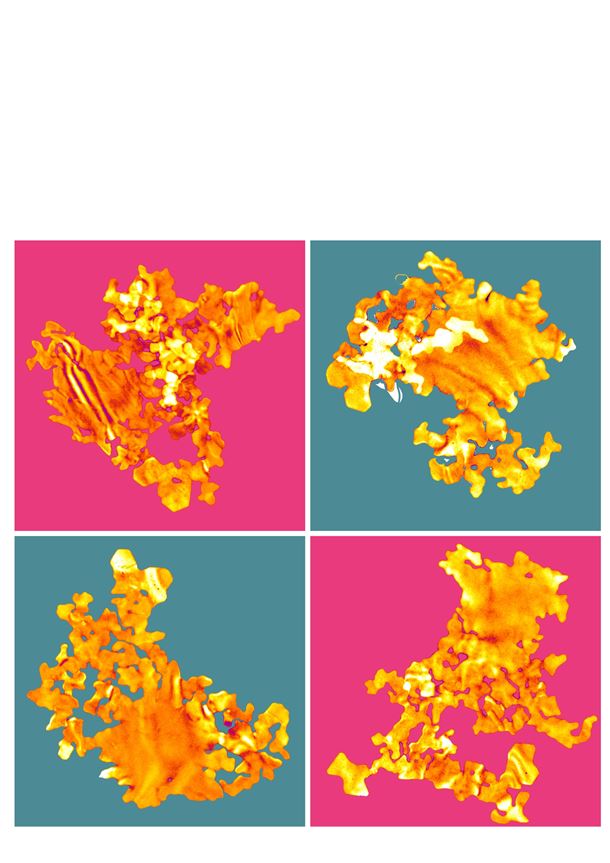“Gold is a highly effective catalyst. Because the nanosheets are so thin, just about every gold atom plays a part in the catalysis. It means the process is highly efficient.”Stephen Evans
The thinnest ever unsupported gold has been developed by researchers at the University of Leeds. The thickness of this new form of gold, which is only two layers of atoms sitting on top of one another, was measured at 0.47 nanometers. The material, which is viewed as two-dimensional as all atoms are surface atoms and there are no 'bulk' atoms below the surface, could help in a range of medical devices and electronics – for instance, as the nanosheets are flexible they could form the basis of electronic components for applications such as bendable screens, electronic inks and transparent conducting displays.
The nanosheets could also act as a catalyst to speed up chemical reactions in many industrial processes. As described in the journal Advanced Science [Ye et al. Adv. Sci (2019) DOI: 10.1002/advs.201900911], the gold sheets were also found to be 10 times more efficient as a catalytic substrate than the gold nanoparticles – 3D materials with most of their atoms in the bulk rather than on the surface – currently used in industry. As head of the group, Stephen Evans, said: “Gold is a highly effective catalyst. Because the nanosheets are so thin, just about every gold atom plays a part in the catalysis. It means the process is highly efficient.”
The nanosheets have been successfully synthesised in an aqueous solution, beginning with chloroauric acid, which is reduced to its metallic form in the presence of a confinement agent that encourages it to form as a two-atom thick sheet in a highly organised lattice. The study could lead to helping the controlled assembly of 2D ultrathin metals for other metals as well as gold – methyl orange was used as a confinement agent here, but any molecule with a propensity to assembly in solution to create 1D and 2D assemblies could be effective for improved control.
However, the team have still to identify how applicable the approach is to other noble metals, and perhaps even alloys, and would like to develop methods for tuning the thickness of the gold nanosheets to allow tuning of optical and electronic properties. Due to its high surface area to volume ratio, the material could become the basis of highly effective artificial enzymes applied in fast, point-of-care medical diagnostic tests and also systems designed to purify water. Catalysts or nanozymes could be another potential area for application, where increased performance can reduce the amount of material required and lower the cost.
 Gold nanosheets in 2D form
Gold nanosheets in 2D form